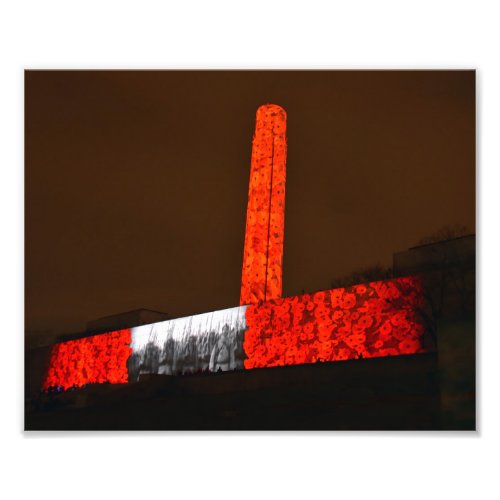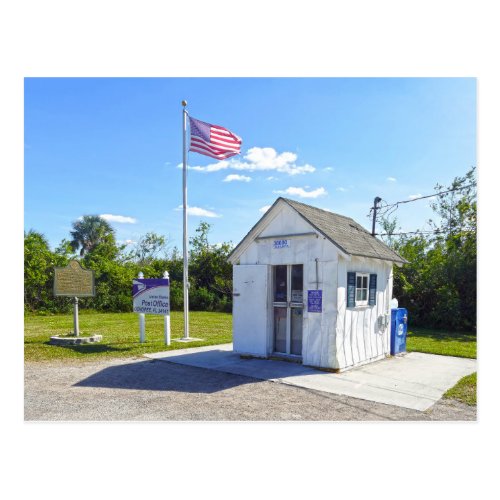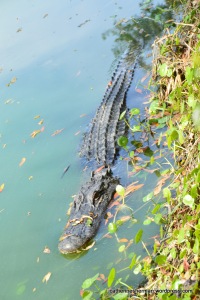
Neptune wears a football jersey in a fountain on the Country Club Plaza, Kansas City, Missouri.
A statue of Neptune wears the uniform jersey shirt of a Kansas City football team member in honor of the team’s advancement to a playoff game.
The Neptune fountain sculpture sits in the Country Club Plaza Shopping Center in Kansas City, Missouri. The sculpture depicts Neptune, the Roman god of the sea, holding a trident. Neptune sits in a chariot pulled by sea horses. Water gushes from the horses’ nostrils. This cast lead sculpture was built by the Bromsgrove Guild of Worcestershire, England in 1911.
Miller Nichols purchased the 8,000-pound cast lead fountain for its weight in scrap metal. It was found on the top of a train car full of scrap metal at a salvage company. Nichols transported the rescued sculpture from Great Britain to Kansas City, where it was refurbished and installed on the Plaza in 1953.
Miller Nichols was the son of J. C. Nichols, who established the Country Club Plaza shopping Center in 1922. The Plaza was designed architecturally after Seville, Spain. The Plaza was the first shopping center in the world designed to accommodate shoppers arriving by automobile.
Kansas City, Missouri, is known as “The City of Fountains.” There are 200 officially registered fountains in the metropolitan Greater Kansas City area. That number excludes the many fountains at corporation and sub-division entrances, office atriums, private gardens and homes.

One of the messages flashing on a Kansas City bus is “Go Chiefs!”as it drives through the Country Club Plaza Shopping Center in Kansas City, Missouri.
UPDATED: New Photo Added

Pomona Statue Wearing Dee Ford’s Kansas City Chief’s jersey on a fountain at a restaurant in one of the courtyards of the Country Club Plaza in Kansas City, Missouri.






































































